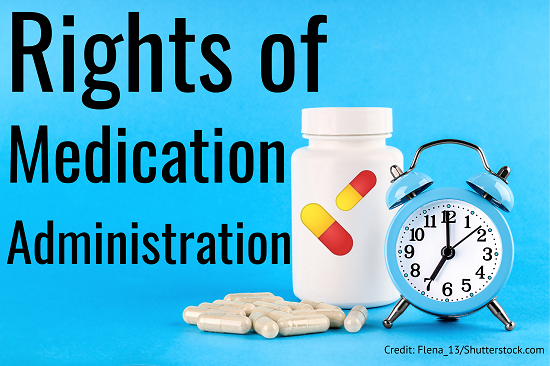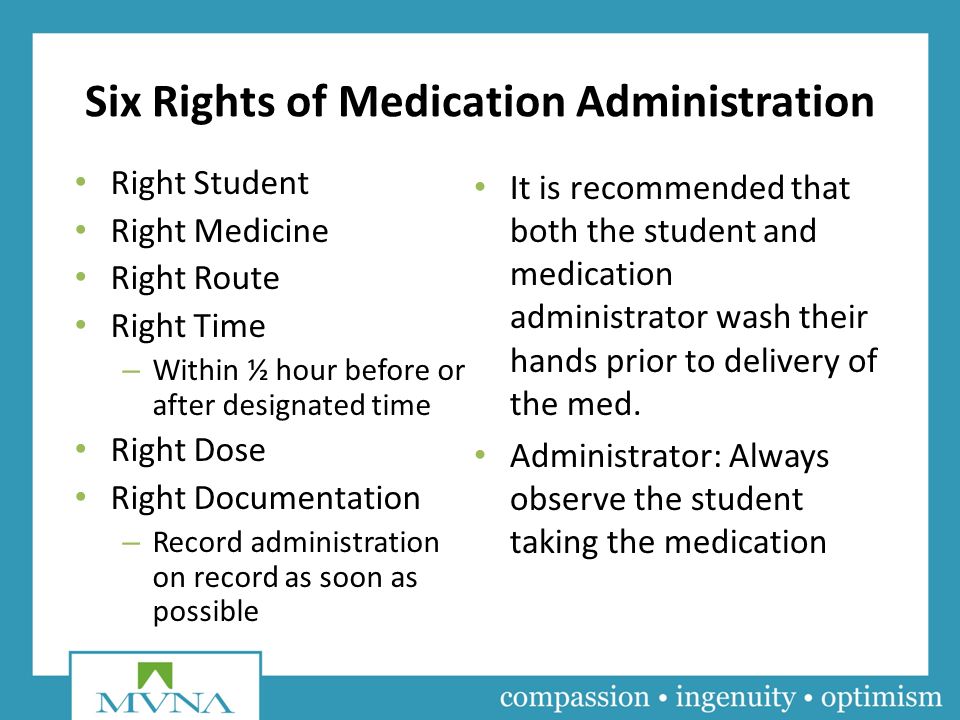Medication administration is a crucial aspect of healthcare that involves the safe and appropriate distribution of medications to patients. It is a complex process that requires careful attention to detail and the ability to follow established protocols. To ensure that medications are administered safely and effectively, there are six key rights that must be upheld: the right patient, the right medication, the right dose, the right route, the right time, and the right documentation.
The first right of medication administration is the right patient. This involves verifying the identity of the patient to ensure that the medication is being given to the correct individual. This can be done through the use of identification bands or by checking the patient's medical record. Ensuring that the correct patient receives the medication is essential to prevent errors that could have serious consequences.
The second right is the right medication. This involves ensuring that the correct medication is being given to the patient. This can be a complex task, as there are many different medications available, and it is important to choose the one that is most appropriate for the patient's needs. To ensure that the right medication is being given, it is important to check the patient's medical record and verify that the medication is listed on the patient's medication list.
The third right is the right dose. This involves ensuring that the correct amount of medication is being given to the patient. The correct dose is determined based on the patient's age, weight, and medical condition, and it is important to follow the prescribed dosage instructions carefully to avoid under- or over-dosing the patient.
The fourth right is the right route. This involves ensuring that the medication is being given through the appropriate route, such as oral, intravenous, or subcutaneous. The correct route is determined based on the medication and the patient's needs, and it is important to follow the prescribed instructions to ensure that the medication is being administered effectively.
The fifth right is the right time. This involves ensuring that the medication is given at the correct intervals as prescribed. This may involve administering the medication on a fixed schedule or at specific times throughout the day. It is important to follow the prescribed timing instructions carefully to ensure that the medication is being given at the optimal intervals for effectiveness.
The sixth right is the right documentation. This involves accurately documenting the medication administration process, including the medication, the dose, the route, and the time. Accurate documentation is essential for ensuring that the patient's medical record is up-to-date and that the patient is receiving the correct medications.
In summary, the six rights of medication administration are the right patient, the right medication, the right dose, the right route, the right time, and the right documentation. Ensuring that these rights are upheld is essential for the safe and effective administration of medications to patients.







